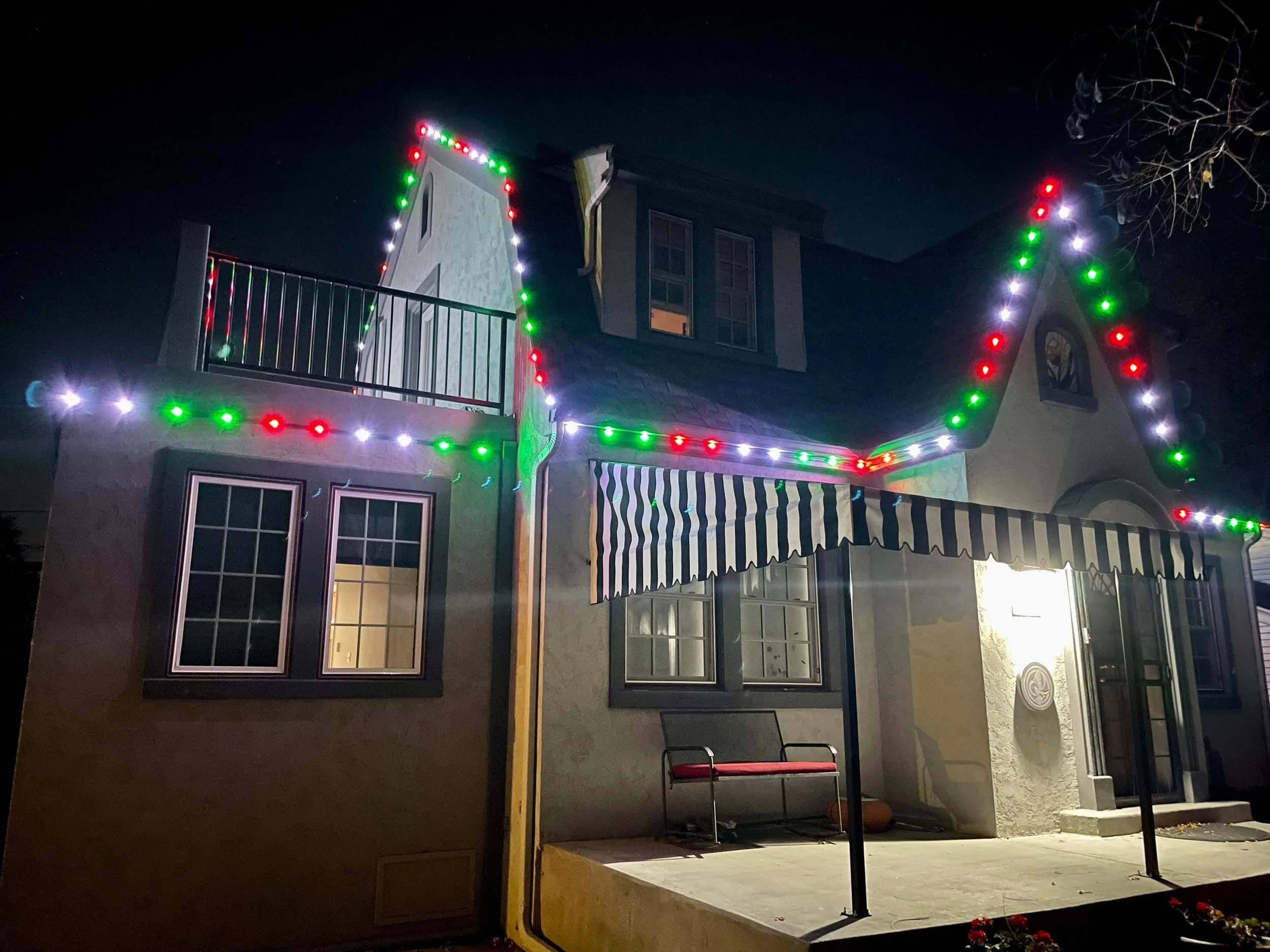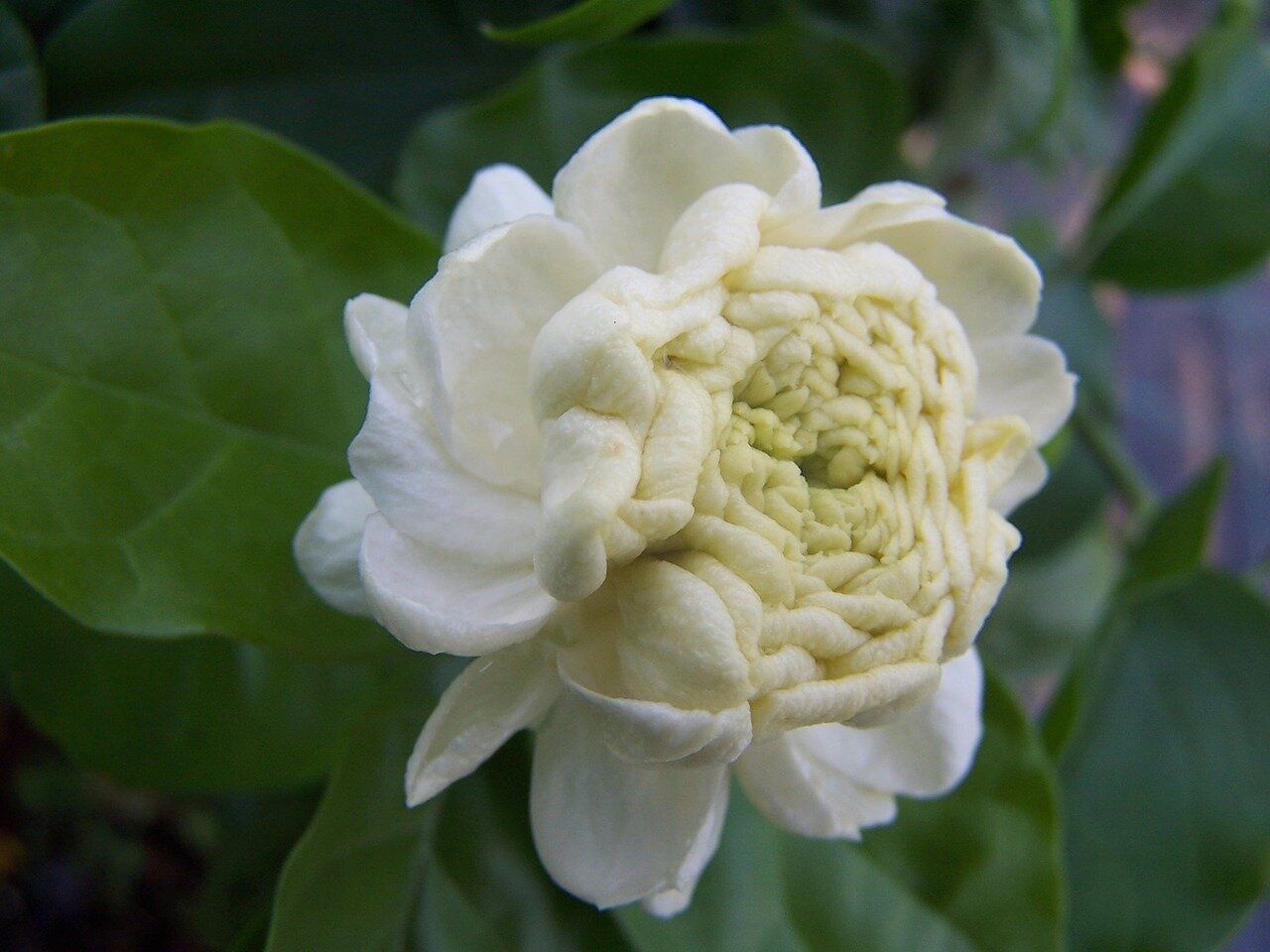Planting an Arabian Jasmine
Introduction
Getting Started
Tools and Supplies
Choosing the Correct Container
Soilless Mixture and Amendments
Planting and Placement
Transplanting into New Container
Location
Care and Requirements
Watering
Pruning
Fertilization
Pest and Problems
Common Uses
Origin, Details, and Companion Plants
References
INTRODUCTION
Ever wondered why you are having trouble getting a plant to grow? Well, plants have specific requirements and while some are easier to care for than others, many can prove to be troublesome to even those with a green thumb. In this guide, you’ll not only learn specific requirements in order to grow an Arabian Jasmine but useful information that can be utilized when planting and caring for many other types of plants.
GETTING STARTED
Before you even go to the store to purchase your beloved plant, you need to find out a few things to see if the plant will survive where you live. The first thing to do is look up the plant hardiness zone of the specific variety of plants you wish to own. This will tell you if the frost or heat will be too excessive in your climate in order for the plant to survive. This will help you to decide if you can plant it in the ground or if you need to plant it in a container so that you can bring it inside for cold weather or move it into the shade for hot summers.
This isn’t too hard these days with a quick search on google you are set. According to the USDA website, Fort Worth is in Zone 8a. Another quick google searches and you’ll be able to find the scientific name which will ensure the type of plant you get at the store is indeed the correct plant you want. Jasminum sambac is the scientific name of the Jasmine plant we want, which is commonly referred to as Arabian Jasmine and is native to tropical Asia.
Now that we know the zone we live in and the scientific name, you can find the frost hardiness of the Arabian Jasmine. Unfortunately for us, the Arabian Jasmine is only hardy in zones 9-11. That simply means we must plant it in a container and bring it inside if the temperature looks like it will dip below freezing.
Tools and Supplies
When getting ready to plant or transplant any plants, you'll want the following items:
Wheelbarrow or bucket for mixing soil and amendments *if using your own mixture
Shovel (any size) for mixing or your hands work too
Small container or cup for scooping the potting mix
Permeable Fabric
Small pebbles or rocks for drainage
Larger container to plant in or transplant too
A soilless potting mixture of equal parts of perlite, peat moss, and coco coir
Soil amendments *highly recommended
Watering can
Trellis
Choosing the Correct Container
Arbain Jasmine plants do not need a very large container, to begin with. Depending on the plant you purchase, choose a container or pot that is slightly larger than its existing pot. It should be roughly 2-3 inches wider and deeper than the current one. It should also have 1 or more drainage holes in the bottom of the container since Arbain Jasmine plants require good drainage and do not like sitting in water. To help with proper drainage, placing some small stones in the bottom 1 inch of the pot is a good idea. For hot climates where summers may exceed 90 degrees Fahrenheit, you'll want to find a pot that is thick and will insulate the soil and roots. This will prevent the pot from drying out too fast which would damage the roots of the Arabian Jasmine.
Soilless Mixture and Amendments
In order to plant the Arabian Jasmine plant, you will need a few things to ensure it is able to establish strong roots and have plenty of nutrients to keep growing throughout its growing season. They like a mixture that is slightly acidic (6-7 on the Ph scale), fast draining, and rich in organic nutrients. For those that would like to purchase a premade mix, choose a quality potting mix from a local feed store or plant nursery. If you rather make your own mixture, you can with 1 part perlite, 1 part peat moss and 1 part coco coir (coconut husk). I recommend adding some extra amendments as top dressings or mixed in with the soilless mix such as lava sand, texas greensand, earthworm castings, bat guano, coffee grounds, and/or sul-po-mag.
PLANTING
AND
PLACEMENT
Transplanting into New Container
When moving the Arabian Jasmine from one container to another larger container follow these steps:
Place a fabric liner that is permeable in the bottom of the new pot. This will prevent the potting mixture and small rocks from washing out of drain holes, but allows water to pass through
Add potting mix to the bottom based on how tall the current pot is.
Remove plant from existing container and gently loosen the roots and rootball (I do this by gently scratching around the soil with my fingertips)
Place the plant in the center of the pot and add moist potting mix around it. Add more potting mix to the bottom of the container if the plant is sitting lower than 1-2” from the top of the new container
Gently pack the top of the mixture and ensure the plant is firmly in place. Ensure the plant is only 1-2” lower than the top of the container.
Water so that the soil is moist and not sitting in water
Location
Choosing the correct placement of the Arabian Jasmine plant is crucial in how well the plant will live. It may even need to be moved during parts of the season, day, or have some added shade during the hottest times of the day/year. Since it’s in a container,the plant can always be moved to the best spot available on the property or brought inside when it gets too cold in the winter.
Does well in Full Sun to Part Shade
“When I read this on a label, I place the plant in a location that receives full sun in the mornings and shade in the afternoons”
*TIP: Remember the sun rises in the East and sets in the West, so pull out your compass and find which direction that is oriented with your property
MicroClimates
“Micro climates are tiny areas where the climate varies from the surrounding climate“
*TIP: Remember this when choosing a spot for the plant
So where should this plant go? A good place would be the East side of a structure, fence, or tree. The rest is for you to decide.
CARE
AND
REQUIREMENTS
Watering
Since this Arabian Jasmine plant is in a container it will need more watering than usual because pots have a tendency to dry out faster due to the excellent drainage. Also the sides are exposed to the same temperatures as the top of the soil.
To keep your plant well watered and prevent the soil from drying out which will stunt the growth of the Arabain Jasmine or worse kill it. Water daily and check the soil more often.
Check the moisture by sticking your finger into the soil to the depth of your knuckle. If the soil feels dry, water it.
*Tip: to save time buy a watering device that can be screwed onto the end of a coke bottle and stuck into the container or build a DIY drip irrigation system that will water all of your potted plants
Pruning
When trimming an Arabian Jasmine plant, there are a few simple things you need to know. These 4 steps can be used on a very large majority of plants and is not only specific to the Arabian Jasmine.
Tools: Hand Pruners that are sharp and have been cleaned
Remove any dead or diseased branches
Remove branches growing inward or that are entangled within the plant
Remove branches that are growing to far away from the supporting structure and suckers coming from the bottom
Shorten the overall size of the plant (never remove more than ⅓ of its foliage)
Pruning only needs to be done about once annually to keep the Arabian Jasmine looking good and healthy.
Fertilization
A few things that are important to know before buying fertilizer is what the N-P-K Stands for on the fertilizer. N-P-K are the three numbers located on the fertilizer and stand for Nitrogen, Phosphorus, and Potash. The first number nitrogen helps with foliage growth, the second number phosphorus helps produce flowers, and the third number potash is good for root growth. When searching for the fertilizer organic all natural fertilizer works best but can have a foul odor, so it’s recommended to not use that for when the plant will be indoors. In addition to N-P-K trace nutrients and minerals can generally be found in different fertilizers and will help ensure the plant is getting plenty of nutrients. See the Soilless Mixture and Amendments page for more nutrients/minerals that the Arabian Jasmine can benefit from.
Since this Arabian Jasmine is in a container, a liquid fertilizer applied directly to the soil and leaves will work best. For Spring time and an increase in flowers, a 10-30-10 fertilizer diluted with the correct ratio of water will work best in Spring followed by a well balanced 10-10-10 fertilizer for a Mid-Summer and Early Fall application, all timed about 3 months apart.
Balanced Liquid Fertilizer that is all natural and contains additional nutrients are great for Arabian Jasmine plants.
Pest and Problems
The Arabian Jasmine does not have a lot of issues with pests and disease and is more likely to have stunted growth, damage or die from a lack of water or harsh weather conditions. Some pests that enjoy devouring the Arabian Jasmine include aphids, mealybugs, spider mites, and black scale. Some other problems associated with the plant would include leaf spot and root rot which can be prevented by proper watering and soil types or treated with the proper fungicide if the plant develops symptoms associated with these diseases.
Aphids eating leaves are common pests for Arabian Jasmine and secrete sugary excrements that ants love to eat.
COMMON USES
AND
FACTS
Common Uses
Arabian Jasmine has many uses both in the landscape or for your health and well-being.
In landscapes, the plant can be used as a focal or specimen planting to draw attention to it, it can also be used in mass plantings, in rows as hedges to outline a border or direct a traffic along a pathway. They can also be utilized in containers for seasonal use or indoor use.
When it comes to uses for people the arabian jasmine has an array of uses of health benefits and to promote good hygiene.
Health Benefits include:
Easing stress or depression by using the flowers fragrance
Antiseptic properties
Pain relief and reduces inflammation
Helps with coughs or colds
Improves digestive and circulatory system
Helps blood sugar and cholesterol levels
Hygiene Benefits include:
Can be used as a deodorant
Moisturizer for skin
As a conditioner
Other use for the Arabian Jasmine include:
Teas
Massage Oils
Potpourri
Perfumes
Origin, Details, and Companion Plants
Like many other plants in Texas and the United States, Arabian Jasmine is not native to this area and actually originates from Southeast Asia. It is part of the Jasminum Plant family and has a habit of shrub/vining. It grows well in Full Sun to Partial shade, which can vary based on local climates. It’s a particular pretty plant in the summer due to its flowers and their fragrance. It does not require a lot of water unless in a container or a soil with a higher percolation rate. The Jasmine grows to a height of 6-10’ and spreads about 6-10’. A loamy soil with a neutral Ph around 7 is best for healthy growth.
Good plants to use in conjunction with the Arabian Jasmine would be plants that have similar requirements, growth, and that are not sensitive to the same pests and diseases. Such plants include the Clematis Vine, Azaleas, Oakleaf Hollies, and other disease resistant evergreens and vines.




